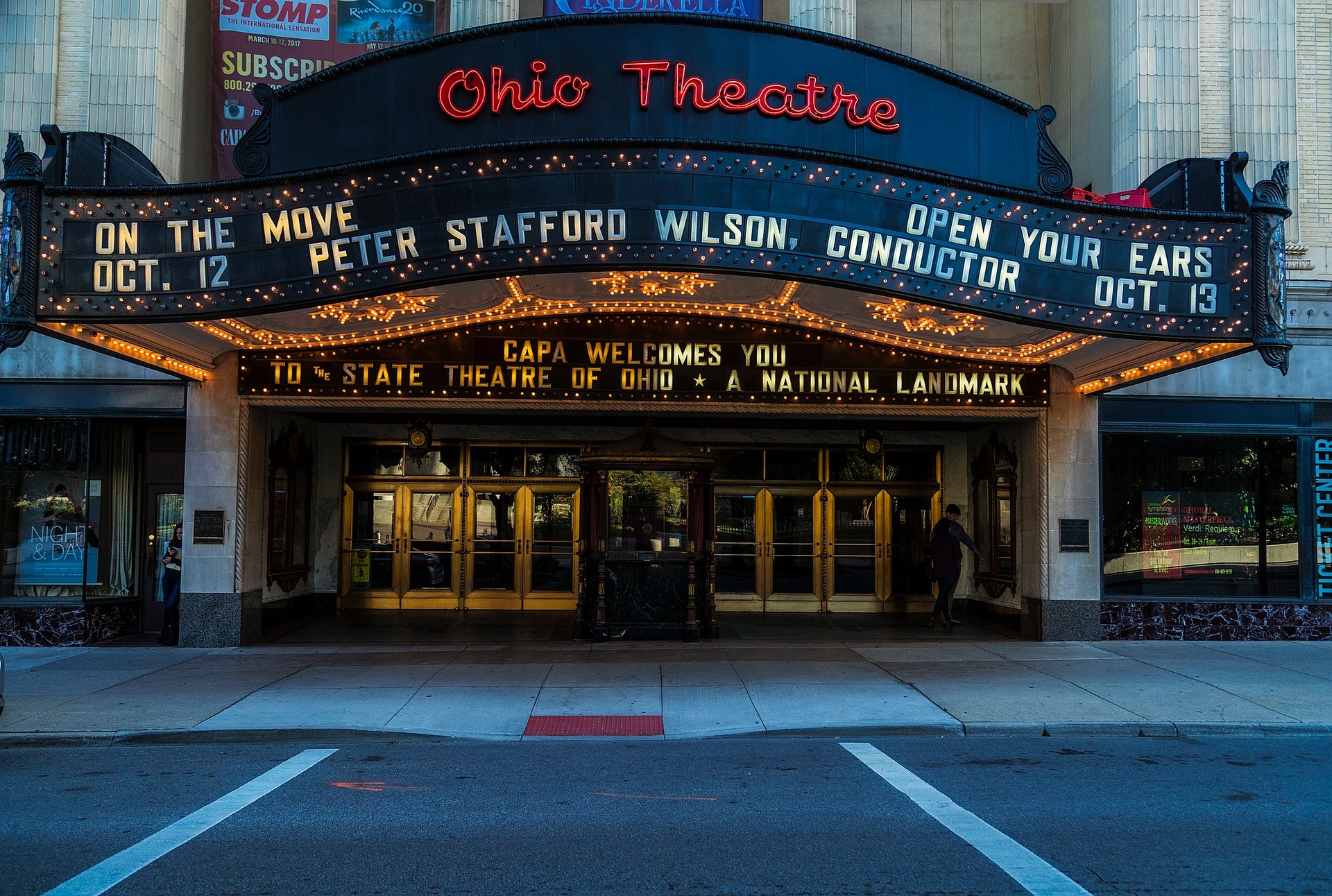The Intriguing Fusion of Technology and Performance Art
As the world evolves, so does art. The fusion of technology and performance art is a relatively new trend that, while still in its infancy, is making waves and disrupting traditional art forms. This article delves into the historical context of this fusion, explores its latest developments, and discusses its impact on the arts and entertainment industry.

Historical Context: The Convergence of Performance and Technology
The intersection of technology and performance art has its roots in the late 20th century, when artists began to explore new ways of expression using the technology available at the time. This was a period of experimentation, as artists like Laurie Anderson and Gary Hill began incorporating video, sound, and computer-generated imagery into their performances.
Current Developments: The Cutting-edge Blend
As we move further into the 21st century, the fusion of technology and performance art has taken exciting new directions. Today, artists are using virtual reality, augmented reality, artificial intelligence, and other advanced technologies to create immersive and interactive experiences that push the boundaries of traditional performance art.
The Impact and Reception: A Shift in Perception
The fusion of technology and performance art has caused a significant shift in how we perceive and interact with art. This new form of artistry allows for greater audience participation, blurring the lines between performer and observer. Interactivity and immersion have become the new norm, transforming the passive viewing experience into an active one.
Backed by Research: A Growing Field of Study
Research into this new form of artistry is growing, with studies investigating its potential impacts on society, culture, and the arts. A recent study by the MIT Media Lab, for instance, highlighted the potential of virtual reality in reshaping the way we create and experience performance art.
Depth and Accessibility: A New Artistic Language
While this fusion may seem complex, it is also highly accessible. Through technology, performance art can reach a wider audience, transcending geographical boundaries and creating a global artistic community. Moreover, this new form of expression has created a new artistic language, one that is inclusive, immersive, and interactive.
In conclusion, the fusion of technology and performance art is a fascinating development within the arts and entertainment industry. As technology continues to advance, it will be exciting to see how performance art evolves and adapts, creating fresh, unique, and innovative forms of artistic expression.




